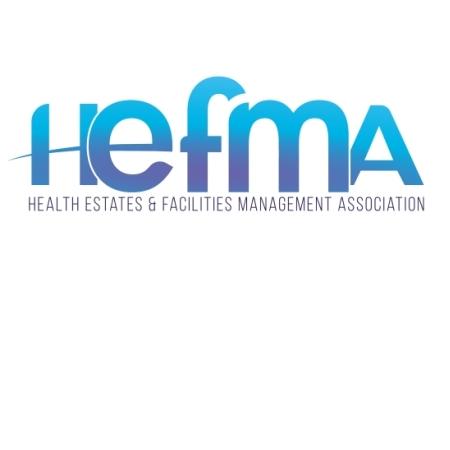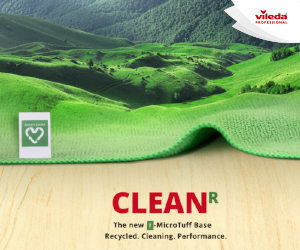New research from a consortium including the University of East Anglia has concluded that poor toilet hygiene is more likely to be responsible for spreading antibiotic-resistant E. coli than undercooked chicken or other food.
Humans and other animals harmlessly carry E. coli in our gut. Some strains cause food poisoning whereas others cause urinary tract infections (UTIs), and infections after gut surgery. At worst, these develop into bacteraemias – bloodstream infections.
E. coli has become considerably more antibiotic resistant over the past 20 years both in humans and animals. Particularly important are strains with ‘Extended Spectrum Beta-Lactamases (ESBLs). These are enzymes that destroy many important penicillin and cephalosporin antibiotics. Many strains with ESBLs often have other key resistances too.
Until now, it has not been known whether antibiotic-resistant E. coli that cause bloodstream infections are picked up via the food chain, or passed from person to person.
To answer this question, scientists sequenced the genomes of resistant E. coli from multiple sources across the UK – including from human bloodstream infections, human faeces, human sewerage, animal slurry and meat including beef, pork, and chicken, and fruit and salad.
Their report, published in The Lancet Infectious Diseases reveals that antibiotic-resistant ‘superbug’ strains of E. coli from human blood, faeces and sewerage samples were similar to one another. Resistant E. coli strains from meat, principally chicken, cattle and animal slurry were largely different to those infecting humans.
In short, there was little crossover of ESBL-E. coli from animals to humans. Lead author Prof David Livermore, from UEA’s Norwich Medical School, says: “In short, what the results show is that there are human-adapted strains of ESBL-E. coli, principally ST131, which dwell in the gut and which occasionally - usually via UTIs - go on to cause serious infections. And that there are animal strains of ESBL-E. coli.
“But - and critically - there’s little crossover between strains from humans, chickens and cattle. The great majority of strains of ESBL-E. coli causing human infections aren’t coming from eating chicken, or anything else in the food chain.
“Rather - and unpalatably - the likeliest route of transmission for ESBL-E. coli is directly from human to human, with faecal particles from one person reaching the mouth of another.
“We need to carry on cooking chicken well and never to alternately handle raw meat and salad. There are plenty of important food-poisoning bacteria, including other strains of E. coli, that do go down the food chain. But here - in the case of ESBL-E. coli - it’s much more important to wash your hands after going to the toilet.
“And it’s particularly important to have good hygiene in care homes, as the most of the severe E. coli infections occur among the elderly.”
Prof Neil Woodford of Public Health England says: “In order to tackle antibiotic resistance, we not only need to drive down inappropriate prescribing, but reduce infections in the first place. In order to limit serious, antibiotic resistant E. coli bloodstream infections, we must focus on thorough hand washing and good infection control, as well as the effective management of urinary tract infections.
“Prudent use of antibiotics is essential in both animals and humans. Antibiotics are a finite resource. We need them to continue to work when we get sick.
“We are committed to reducing infections in both the community and in healthcare settings, and are working with frontline NHS staff, NHS England, NHS Improvement and the Department of Health and Social Care to do this.”










